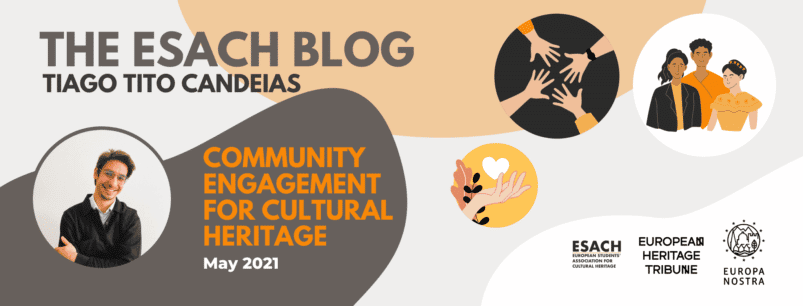Can really Minecraft connect Heritage and Youth? The MI.MOMO.FARO – Minecraft and the Modernist Architecture in Faro project aims to answer this question, connecting the young with the modernist built heritage of their city through digital technologies, new learning approaches (game & project based learning) and tools, such as Minecraft: Education Edition. Our goal: engage community in a playful and innovative way.
Written by: Tiago Tito Candeias.
The MI.MOMO.FARO Project
The MI.MOMO.FARO – Minecraft and the Modernist Architecture in Faro is a pilot heritage education project that emerged within the scope of Faro’s Candidacy for the European Capital of Culture 2027 (Portugal). Through Minecraft: Education Edition, kids explore the city buildings from the Modern Movement, while developing the 21st Century Skills through Game Based Learning and Project Based Learning approaches. So, this project wanted to engage youth with their own Cultural Heritage, to bring this topic into the school curriculum, and to enhance heritage education through digital skills, while promoting the understanding of this 20th Century architecture as equally valid Cultural Heritage.

The Faro Convention and the classified urban complex as a motto
The main motto of this educational project was the Council of Europe Framework Convention on the Value of Cultural Heritage for Society, signed in Faro (Portugal) on 27 October 2005, more known as Faro Convention. The Faro Convention focuses mainly on the promotion of sustainability, access and use of digital technology in the heritage context, and on the decisive role of the added value that the new generations and contemporary creativity add to and integrate into the current cultural reality.
Accordingly, heritage must be integrated at all study levels into transversal and interdisciplinary education models as a means of access to other domains and as a way to contribute to a stable and peaceful society. In parallel, digital technologies should strengthen the access and benefit of cultural heritage, while promoting the active involvement of society.
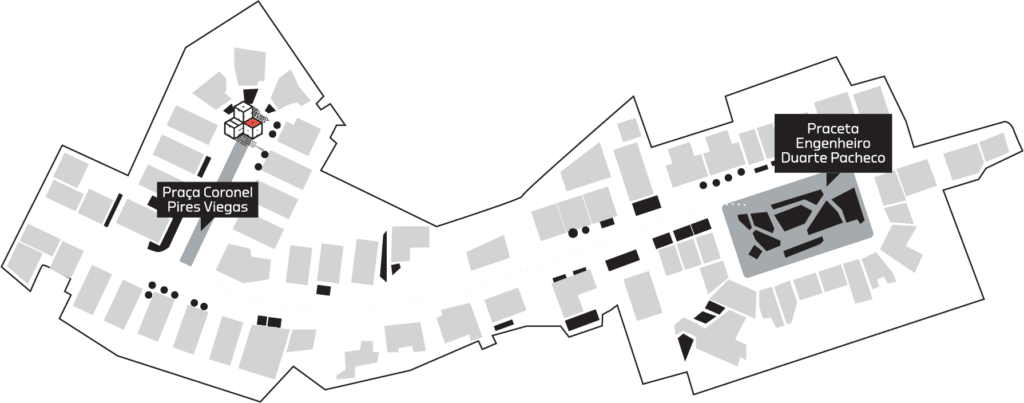
As a consequence, in 2020 an important municipal urban complex was also classified in Faro as of municipal interest, for its exceptional character in architectural and urban planning terms, representing a remarkable urban example of the 40s-60s city. With a central location in Faro, this urban area is constituted by an axis mostly determined by private buildings, intended largely for an upper middle class, and arising from the guidelines of architect João Aguiar’s Preliminary Urbanization Plan (1945). Here, the Modernist Architecture dialogues with the more traditional one associated to the dictatorial regime.
So, the challenge was to create a multidisciplinary educational project not only to address the Faro Convention, but also to contribute to and promote this newly classified area of our city. But how to make it in a playful and innovative way? That’s when Minecraft: Education Edition came up.
Approaching the school community: how?
To approach to the school community, we started by electing our target audience and defining our geographic extension: Middle School’s students (around 12-16 years old) from the six institutes of the municipality. Then we challenged them to join this project, also in order to perceive the interest of the principals and teachers.
Well… we had Minecraft as our trump card, so immediately the students were very excited about the idea, although the teachers were a little apprehensive, as we were actually talking about a game. But they quickly realized the potential of this digital tool in the development of learning processes.
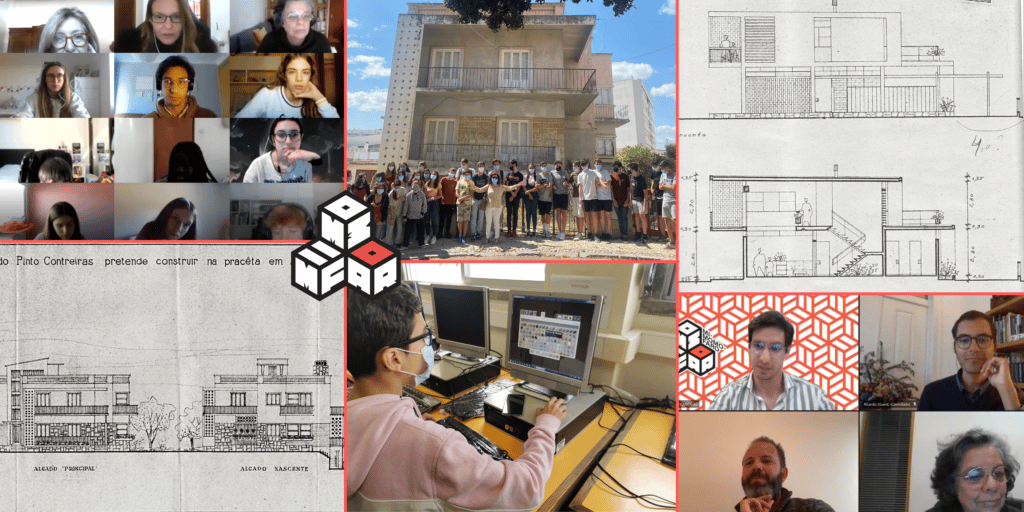
Then, with students, teachers, and principals all aboard, we started to put MI.MOMO.FARO in practice, which fundamentally developed in six different stages:
- Training and qualification of teachers in the use of Minecraft applied to Education, and specifically to the heritage one;
- Selection of the buildings, based on the accessible original projects available at the Municipal Archive, and according to the urban complex classification criteria;
- Thematic classes with the kids, contextualizing the Modern Architecture and spotlighting the importance of creativity inside schools, as well as the importance to see (not only looking) our city and heritage;
- Guided tours to the urban complex, with the experts responsible for the classification process, in order to allow the involvement with the city itself, as well as awake new perspectives;
- Discussion Panels, involving experts and the local community, with themes such as the city of Faro (which stands out as a modernist city in Southern Europe for its almost 500 modernist buildings); the living in this type of houses; and the importance of these new educational approaches in the context of the digital transition in schools;
- Public presentation of the final Minecraft products and sharing of experiences with all the stakeholders involved in the project in a closing session.

Minecraft as way and as future
Minecraft: Education Edition was, in fact, the way to make MI.MOMO.FARO a heritage education project with an interdisciplinary basis, with teachers from different subjects (Sciences, Arts, Chemistry, Mathematics, ICT, languages such as English and French, etc.). It allowed us to promote an articulation of cultural heritage, and the Modernist Architecture more specifically, within the middle school curricula, while educators delivered the officially planned and expected contents. But in an innovative and fun way: through a game.
Engaging more than 120 students, 16 teachers, 10 experts and five partners (like Europeana, Microsoft Education and the Portuguese National Plan of Arts), we brought heritage inside the public schools, making it more democratic, accessible, and participatory.
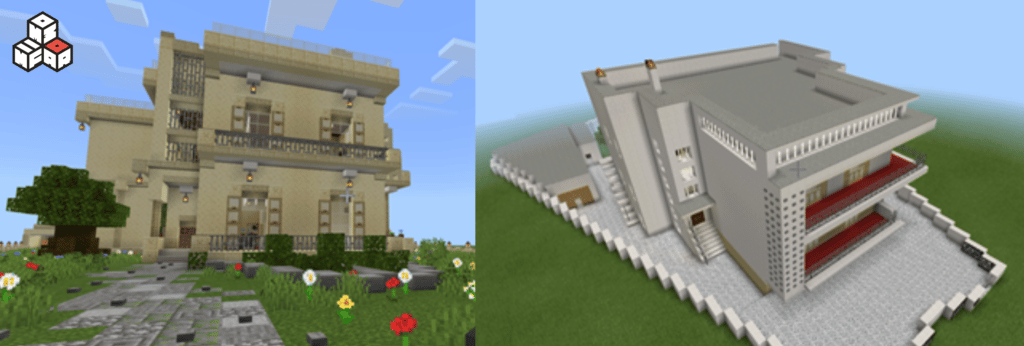
Although we are now making a real assessment on the impact of the project, analyzing all the data collected throughout the process and in the evaluation surveys, there are some results we can already see:
- The developing of a greater sense of belonging, given the greater knowledge most of the stakeholders now have about the topic and the city itself;
- A growing appreciation and a new look at this architecture, as cultural heritage;
- The arousing enthusiasm and impact in all the school community, with even those who did not participate expressing a desire to do so in future editions;
- The strengthened relationships and the creation of a sense of community between teachers and students from different schools, and also between the different partners.
Planning now a 2nd edition of MI.MOMO.FARO and looking at what we had achieved, we want to make it bigger for the next few years, expanding it at a regional, national and international level, in close cooperation with all the stakeholders and (maybe) more partners.
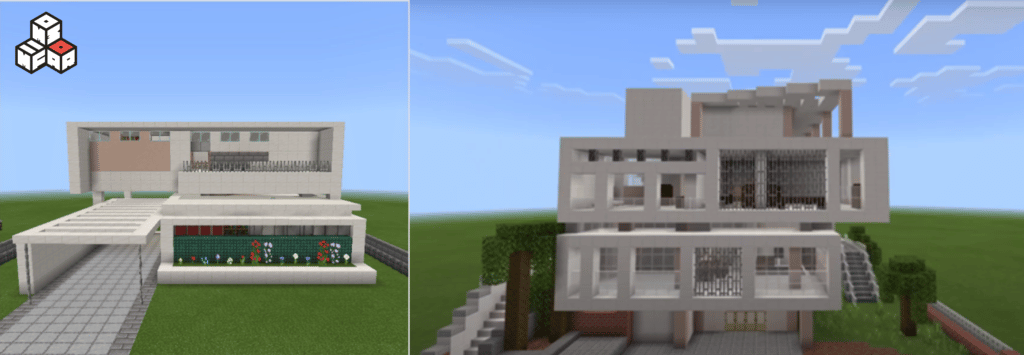
For this, we can say that Minecraft should not only be seen as a way, but also as a future. The future of heritage education, of new ways of developing and thinking heritage, of promoting and preserving it. A way for the future of our heritage!
About the author: Tiago Tito Candeias
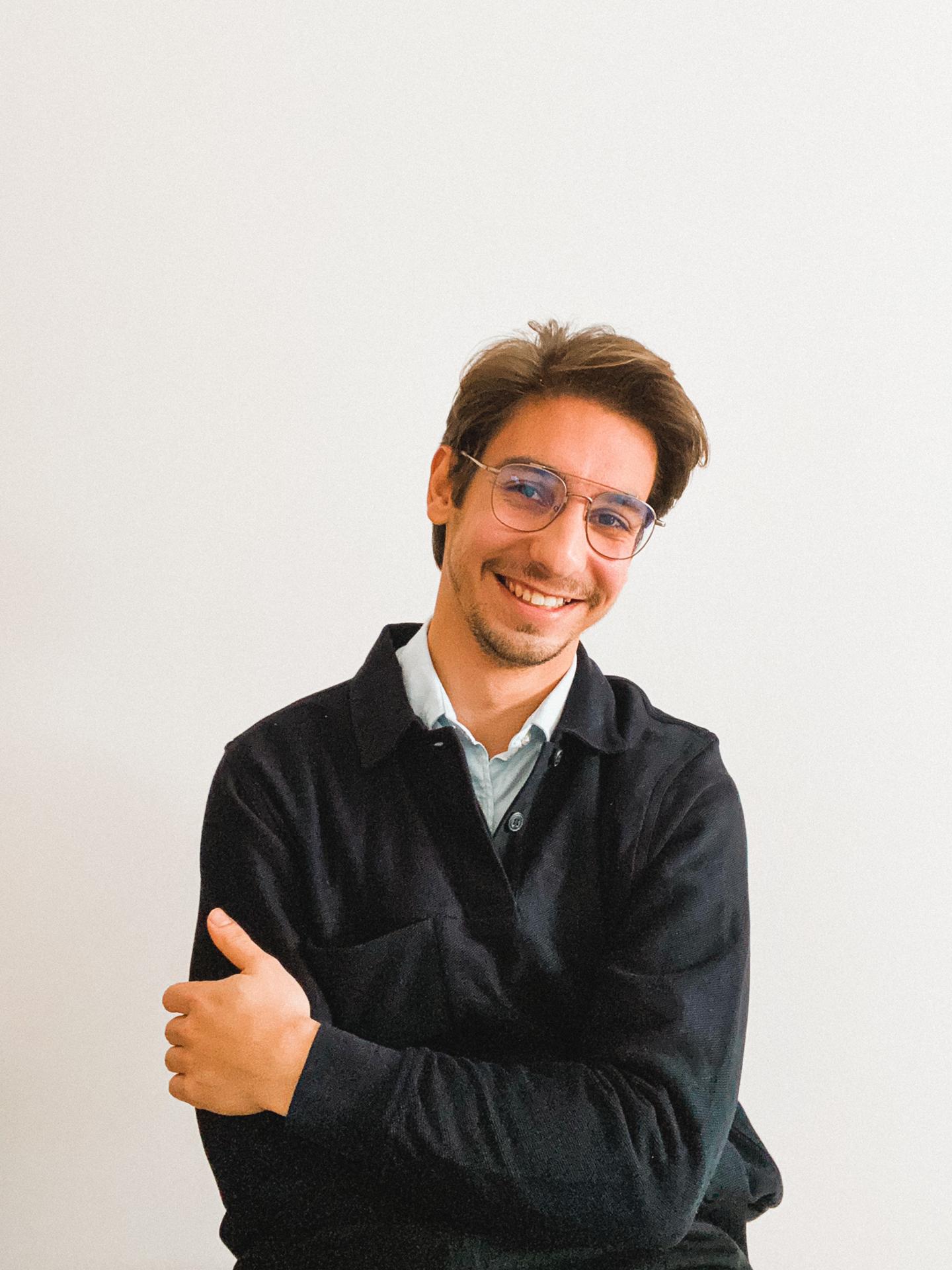
In a serious relationship with Architecture, Heritage, History, Arts and Culture. An eternal (and curious) dissatisfied, passionate about the way heritage is perceived by others. Graduated in Cultural Heritage and MA Student in History & Heritage, both at the University of Algarve. Currently, he is a freelancer, a Project Manager at Faro 2027 [ECOC Candidacy Team] and an R-EU-FTOP Academy Nomad [European Creative Rooftop Network].
- E-mail: tiagoo.candeias@gmail.com | tiago@faro2027.eu
- LinkedIn: tiagoo-candeias
- Instagram: tiagoocandeias
- Project website: MI.MOMO.FARO
References
- Council of Europe. Council of Europe Framework Convention on the Value of Cultural Heritage For Society. Faro, 2005.
- Edital n.º 865/2020 de 6 de agosto de 2020 do Município de Faro. Diário da República: II série, N.º 152. 2020.
- Agarez, Ricardo. Algarve Building: Modernism, Regionalism and Architecture in the South of Portugal. 1925-1965. Routledge, 2016.

